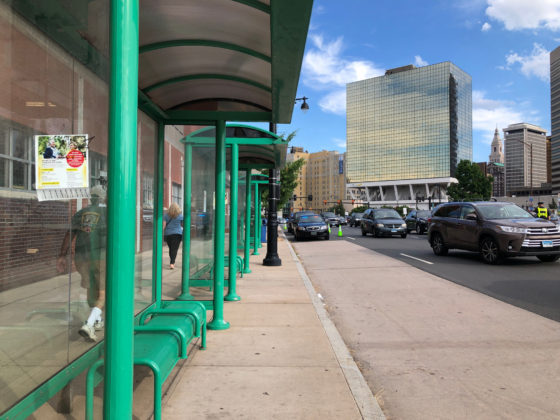The Neighborhood Assistance Corporation of America (NACA) is a program I’ve heard about for a few years, and I attended the homebuyer workshop yesterday. While the person leading the workshop had some interesting anecdotes, most of the workshop was an introduction to the NACA program, and not to homebuying. He even said this later in the day.
He addressed the reasons why the NACA process can be a slow one–few employees, a growing number of people seeking NACA assistance including those being referred because they have been victims of subprime/predatory lending situations, and people who do not complete all steps of the process. One of the stories he used to explain the last reason was of a woman who was living with her parents, rent-free, and had considerable savings but was not demonstrating the ability to save regularly. There was no record that she could make a mortgage payment on a monthly basis because her savings account was the result of several “one-time” deposits, like tax returns and a settlement. He said that she balked on putting something like $800 into her account every month, and this slowed down her ability to go forward. He also talked about people who were unwilling to explain where large sums of money were coming from or going. I found this interesting because I assumed that only my amount of savings, employment records, rental history, and credit would be checked out, not that my spending habits might be evaluated.
Everyone taking the workshop was given a workbook (over 130 pages) that breaks down the real estate/mortgage babble process and language considerably.
Some of what I learned about getting a mortgage through the NACA program: there are no closing costs or a down payment, though it’s possible to buy-down the interest rate. There’s a “membership” fee of $50 per month for 5-10 years depending on the mortgage amount, and the money goes into the Neighborhood Stabilization Fund. I need to look into that more, but what I was told is that fund is used to give short-term assistance to others in the NACA program who might have lost their jobs, etc., and would be in danger of losing their house.
In the book, they describe, in order, what the process is. This is what I signed up for the workshop to learn because I find detailed instructions of what to do in which order very helpful.
Checklist for NACA Homebuyers
Graduate from homebuyer workshop
Schedule session with NACA Mortgage Consultant
Complete Financial Evaluation Form and Daily Expense Diary prior to session
Collect and copy items required for qualification to have ready for session (pay stubs, W2s, etc.)
Meet with NACA mortgage consultant
Resolve issues identified at counseling sessions
Become NACA qualified and determine maximum mortgage amount
Attend purchase meeting to begin housing search
Locate house for less than maximum purchase price
If property needs repairs or renovation, determine who would be responsible [buyer or seller] and contact the Mortgage Consultant to obtain assistance and repair/rehab financing
Contact Mortgage Consultant to verify NACA Qualification and the Maximum Mortgage Amount based on the current interest rate
Sign Purchase and Sale agreement to purchase house based on satisfactory inspection and other conditions, and submit to Mortgage Consultant
Attend home inspection, review report and submit to Mortgage Consultant
Re-negotiate purchase agreement based on items identified in the inspection
Apply for NACA Credit Access
Complete Mortgage Application
Resond to addition items if required by lender.
Receive lender commitment and respond to conditions, if required
Purchase on year of hazard/homeowner’s insurance
Walk through house day before or day of closing to verify that terms of Purchase and Sale Agreement have been satisfied
Obtain money order/cashier’s check for escrows, pre-paids, or buy-down funds
Complete closing at NACA office
They have real estate agents available, but homebuyers have the option to use their own. The inspector has to be one that NACA recommends.
NACA seems legitimate, but I still need to look around at other options to see how everything balances out financially.

